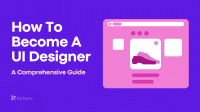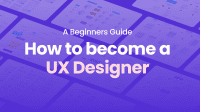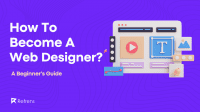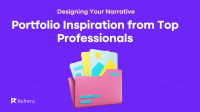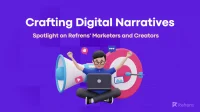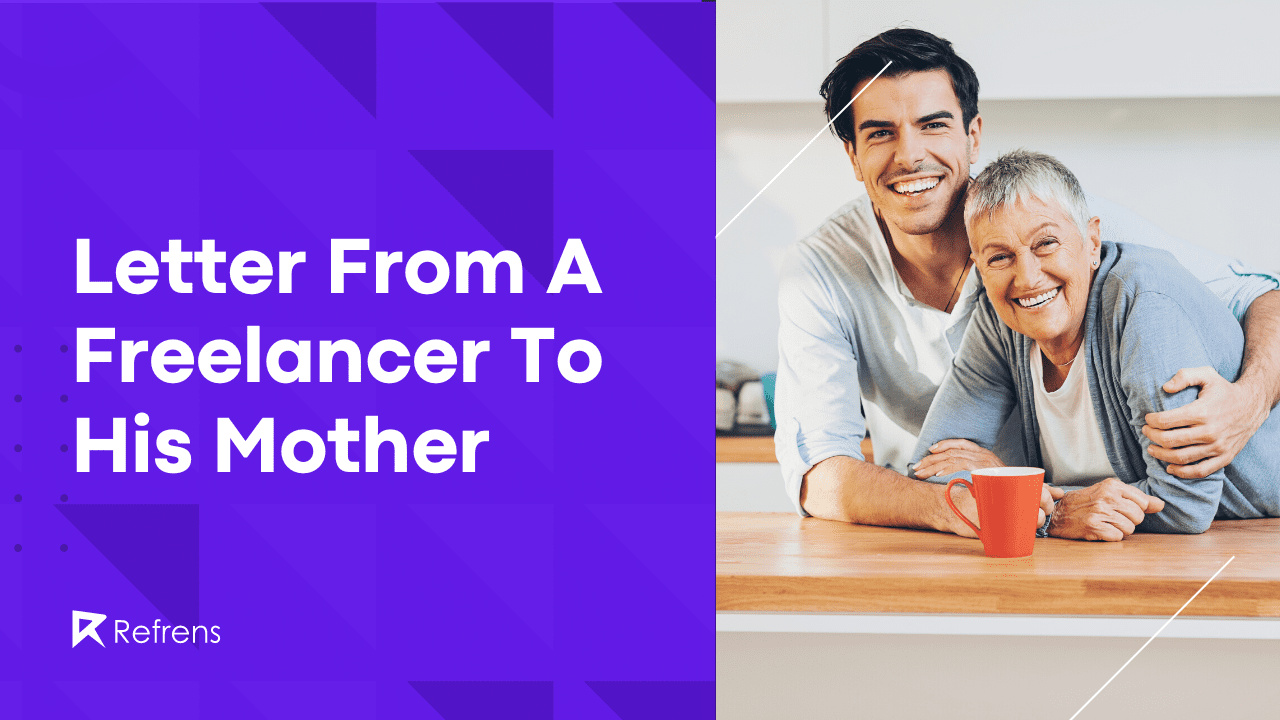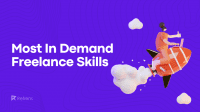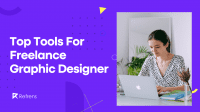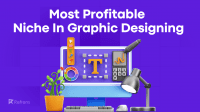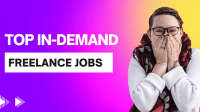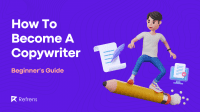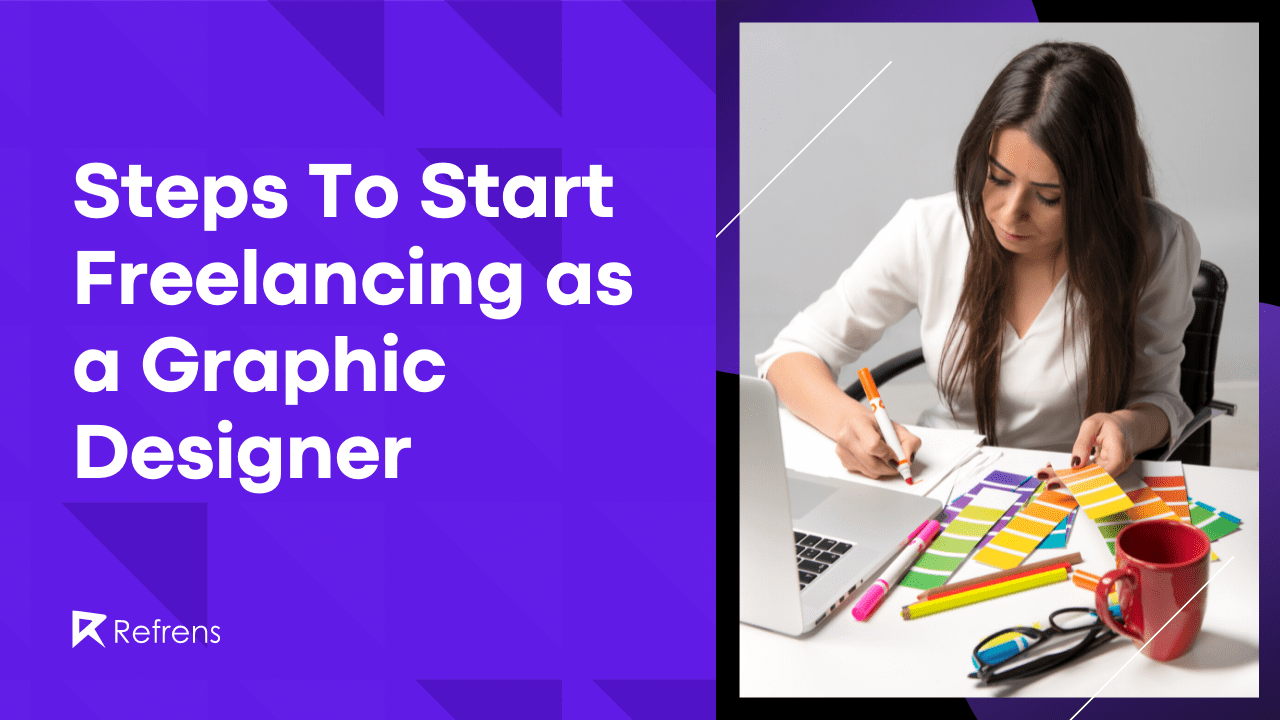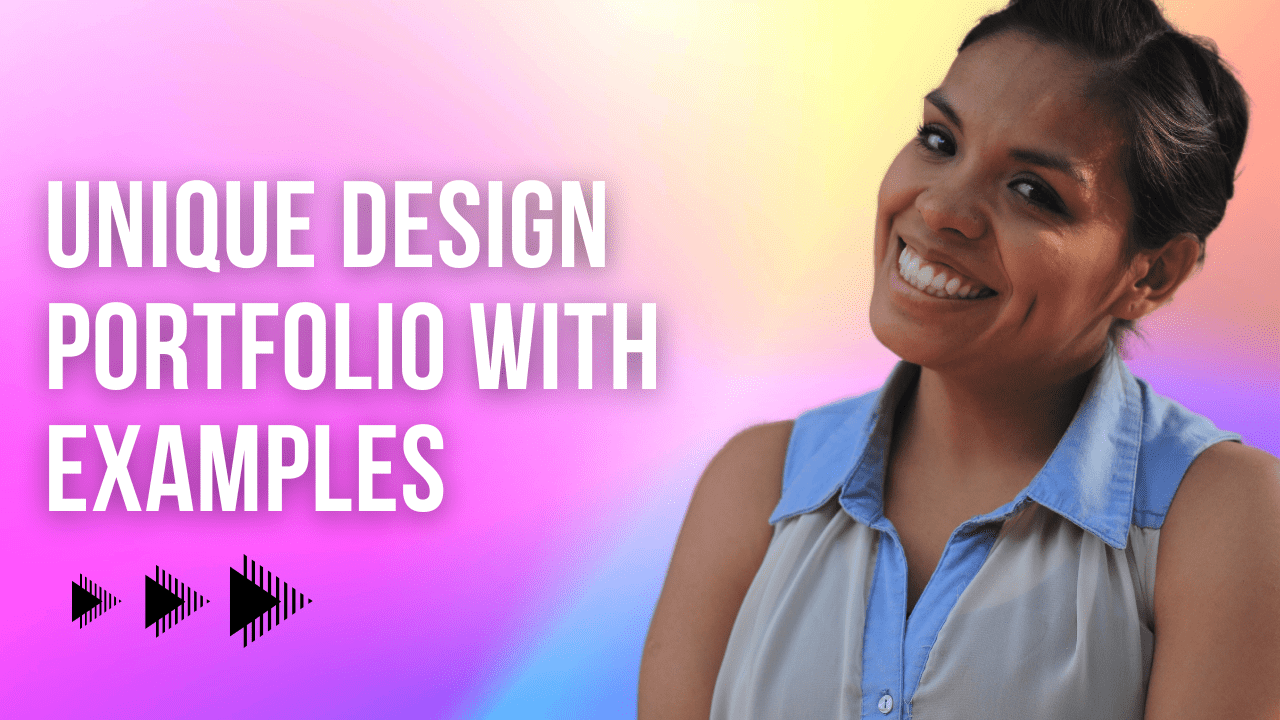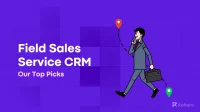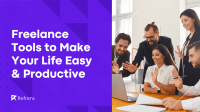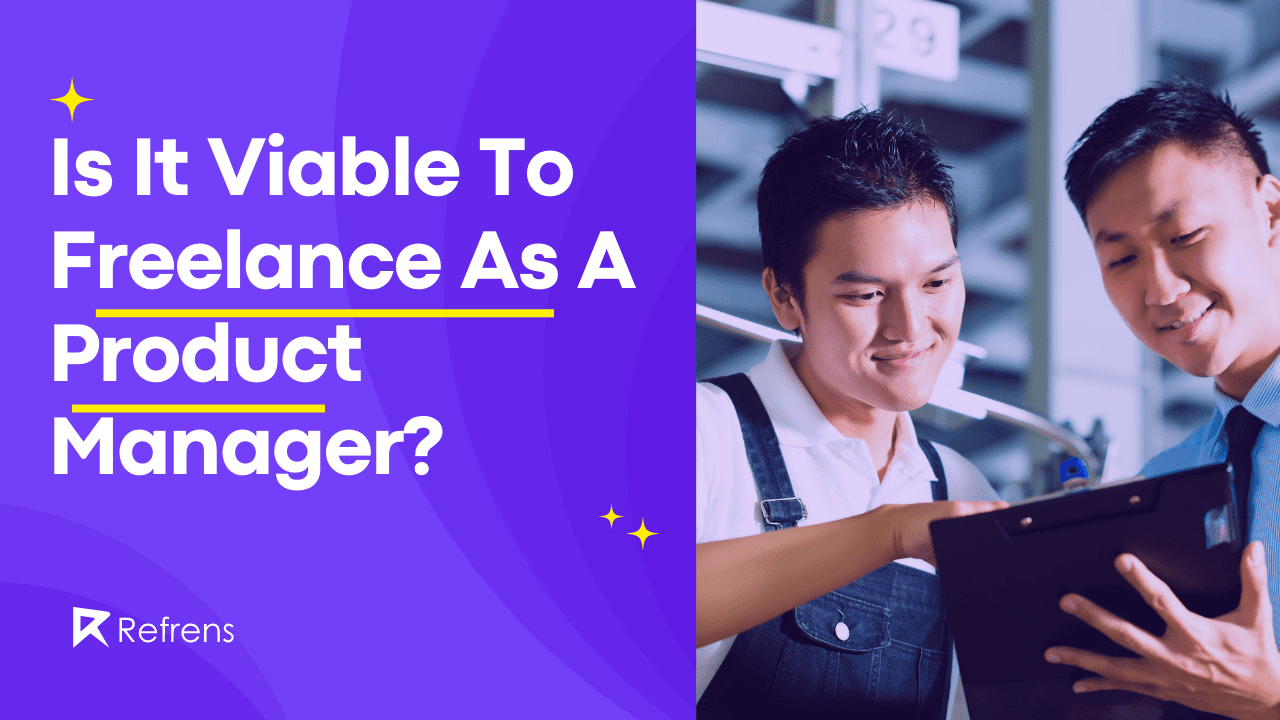Following her passion, Mahima made an out-of-the-box choice to become a product designer. Being inclined towards arts since childhood, she is the first one from her family to enter a creative profession. She believes that this profession allows her to imagine things that are rare but possible.
As a freelancer, she is loving the freedom, exposure, learnings, and experiences she is getting. She suggests networking, social media platforms, cold emailing, and other marketplace websites generate leads. She lays emphasis on continuous learning, determining your value, having integrity, and being innovative for growth.
For her, the constantly evolving nature while being her true original self is the best thing about freelancing. She embraces that it enables her to be a unique, different, and out-of-the-box person. Being proud of the journey so for, she further aims to have her own design team and a studio. We surely believe that she is going to a difference in the industry and we wish her success for the same.
Read Mahima’s inspiring journey:
1. Introduce yourself to us?
Hi, I am Mahima Shah, a Product Designer. I graduated last year during the ongoing pandemic. As I passed my 10th class with flying colors, I was still not sure what I wanted to study ahead. Hence, I took science (including Maths and Bio) to keep all options open till the 12th standard when I will further decide what I really wanted to study.
Time passed, I almost got admission in medical post 12th exams and was about to give my entrance tests in pharmacy, engineering, and architecture. However, I was still not confident enough about moving forward with either medical or engineering. Hence, I started researching in which field I wanted to build my career. Later, just one day before my 12th results, I came across product designing and I got really intrigued with the field. For me, that was the moment of realization to enter the creative field.
Being from a Gujarati family, I have barely seen anyone from my community in a creative industry. However, I told my mom that I wanted to go into the designing field. Half of the admission procedures were over, luckily I came across Pearl Academy, they were having their last interview rounds for the admissions. Taking the plunge, I applied and the interview was after 2 days.
I had no clue what was the procedure, what kind of rounds were going to happen, and what do I have to present to them. I prepared everything within those two days. My brother, mom, and dad were all helping me get through everything. I gave the interview but I was still doubting myself and was unsure of whether I would get in or not. Then after a month or so I received my acceptance letter (to be honest that was one of the most surprising and happiest moments of my life till now).
Now, I am a Product designer (the first person in my family who is in the creative industry, still can not believe it). I always had this one thing in my mind that I would not be working a job but would start something independently. However, I never had the experience so I would work different internships during my summer breaks, gaining experiences from all the possible kinds of industries.
After graduating, I thought that I would work for a year and get consistent knowledge, build connections, and gain experience from the industry. Post which I would start my independent thing, but life had other plans for me. I started my journey of becoming an independent designer right away as a freelance product designer.
2. Why did you choose the field of design? How did you get introduced to this field? What fascinates you the most about your career choice?
Since childhood, I always had an interest in those co-curricular activities. I would join art and craft classes during my summer break and would learn the most intricate, exquisite, time-consuming activities. Born and bought up in Vapi (Gujarat), I joined dance classes (classical form, again out-of-the-box choice).
My mom always knew that I would go into the creative industry in the future. When I came across product design it sparked that moment of joy, excitement, and curiosity in me. It felt like the good old childhood days when I attended my art classes. That is when I realized that I wanted to be a designer.
Obviously, there were many ups and downs, but I got through all of them. Being a product designer brings out that other personality of mine that imagines things that are rare but possible. I get to meet new people, explore the unconventional colorful nature, constantly wanting to evolve but keep the original self intact and embrace the impossibilities.
3. Why did you choose to freelance? When did you begin to freelance? Were you planning it, or how did it happen?
I am the kind of person who does not like any kind of restrictions while working. Being a product designer means going out of my comfort zone and bringing out the best in work. A job would not always allow me to work in such a manner.
I did try those 9-5 jobs but they never worked for me and did not make me a happy person. That’s when I knew that I would work as a freelancer and then start my own thing. I was planning to switch to full-time freelancing in 2022 but things did not work according to my plans so here I am a full-time freelance product designer.
4. Why did you choose to freelance? When did you begin to freelance? Were you planning it, or how did it happen?
While I was working as an intern at different places I started making connections through LinkedIn, colleagues, and friends. I began to showcase my work on all of my social media profiles, cold emailing all the possible people and signed up on websites that look for a freelance designer (I am still working and experimenting with new strategies).
5. How to negotiate your deal with clients? What are the important points and techniques to keep in mind?
Key points to keep in mind before negotiating are:
- The objective of the project,
- Timeline,
- Expectations from the project.
Make sure you do not undercharge and ask for enough time so that you can complete your work. Ensure to study and research what other design agencies or other freelancers (experienced) are charging. Also, mention what all would be included in the quotation you will give to them.
If you do not have a project related to their industry, showcase them something similar (or you can always create a hypothetical project). Be sure and confident about what you are presenting and everything will work smoothly.
Whatever happens, compromising on your value and charging lower than what you’re worth is not the right way to move forward. So, even if the deal doesn’t work out due to budget constraints, I always ensure we end it on a good note.
6. As a freelancer, speak about having integrity as an essential characteristic? Tell our readers about being original, giving credits, and having a USP with your work and services offered.
Being in the creative industry, your designs need to be unique, innovative, and out of the box.
However, that is not required every time. Firstly, you need to identify how the problem needs to be solved, does it need an upgrade or does it require an innovative invention. I try to find inspiration from nature. Just take a look at nature how it adapts and grows according to its environment, the same goes for design. Taking inspiration from other designers also helps in striking into new ideas and innovations, I always credit them and their work.
My USP is the field itself, being a product designer gives me a wide range of products to work on. It can be an earring, handbag, machinery, digital product, furniture, lifestyle project, you name it and I can work with it. However, I still try to niche down my choice of work because going all out does not always help.
7. What is the one major pro and/or con of freelancing, according to you?
For me, being a freelance designer gives me the freedom to explore my ideas and creativity in my own ways. Freelancing allows you to choose your own type of client (which in my case is a major plus point). You also get to decide how much workload you want (basically balancing your professional and personal lives). Not to mention, the amazing amount of exposure and learning from clients and your own experiences help develop an additional skill set.
Cons for being a freelancer or rather the harsh truth of freelancing is that you are your own marketing, sales, client conversion department (and to be honest not everyone is okay with that). You might end up working more than those 9-5 ( but you have the perks of earning more than them so that’s balanced, haha). You are responsible for all of your client expectations. At times there’s a feast and at times famine too (it all depends that how much you network and market yourself in the industry).
8. What are the most crucial aspects that a freelancer should focus on for growth?
As a freelance designer make sure you always always always (yes that’s 3 times always) keep learning and keep up with the trends because the creative industry is something that keeps evolving every second. Network and marketing are the most important aspects to focus on. If you don’t market yourself you will not earn.
Be consistent on what type of client you want to work with, you can not go all out and work with everyone, find your niche, and be the best in it. This allows you to charge high because you would be the best in that. Lastly, enjoy the process, because if you don’t then you are doing it all wrong.
9. What is the most difficult thing about freelancing, getting payments, getting customers, and managing finances?
As I said earlier there is a feast and there is famine. You need to know how to manage your finances and savings. If you earn Rs.10 and spend Rs.8 you can not survive the freelance industry as the payments are never consistent from the clients.
Whenever you give them the quotation mention the deadline of the payment, you are doing your work and giving it on time so the same is expected from them. Getting inquiries and getting clients is very different. Not every inquiry will convert into a potential client, you will eventually learn how to convert them into your clients. There is no shortcut or formula to get more clients. You always learn from your mistakes and experiences, just make sure you keep trying.
10. Have you turned down a potential client? If yes, why?
Not yet. However, if and when dealing with the client you feel that you are not getting the respect and the opportunity that you deserve, you should stand up for it.
11. What mission and vision do you have? How do you want history to look at you?
My mission is to eventually have my own design team and a studio. My vision is that I make sure to make a difference in the industry
12. What would do you differently if you had to begin your career again? What would you focus on once you restart?
I don’t think that I would have chosen anything else being in the creative industry. This is what I always wanted to be a unique, different, and out-of-the-box person. I chose to pursue my passion and it is one of my proudest decisions ever!
Mahima can be reached out on Refrens, LinkedIn, Instagram, Facebook, and Twitter.
If you are planning to make your digital portfolio, read our article on ‘15 Elements You Must Implement in Your Portfolio Website’ to gain the maximum benefit.
